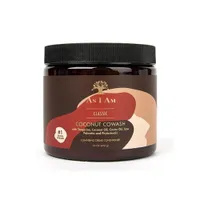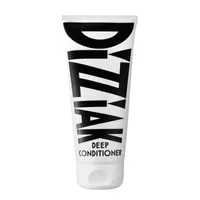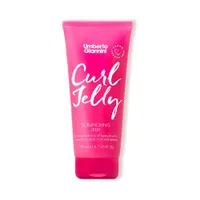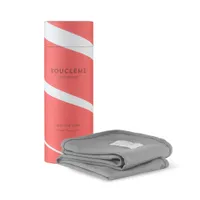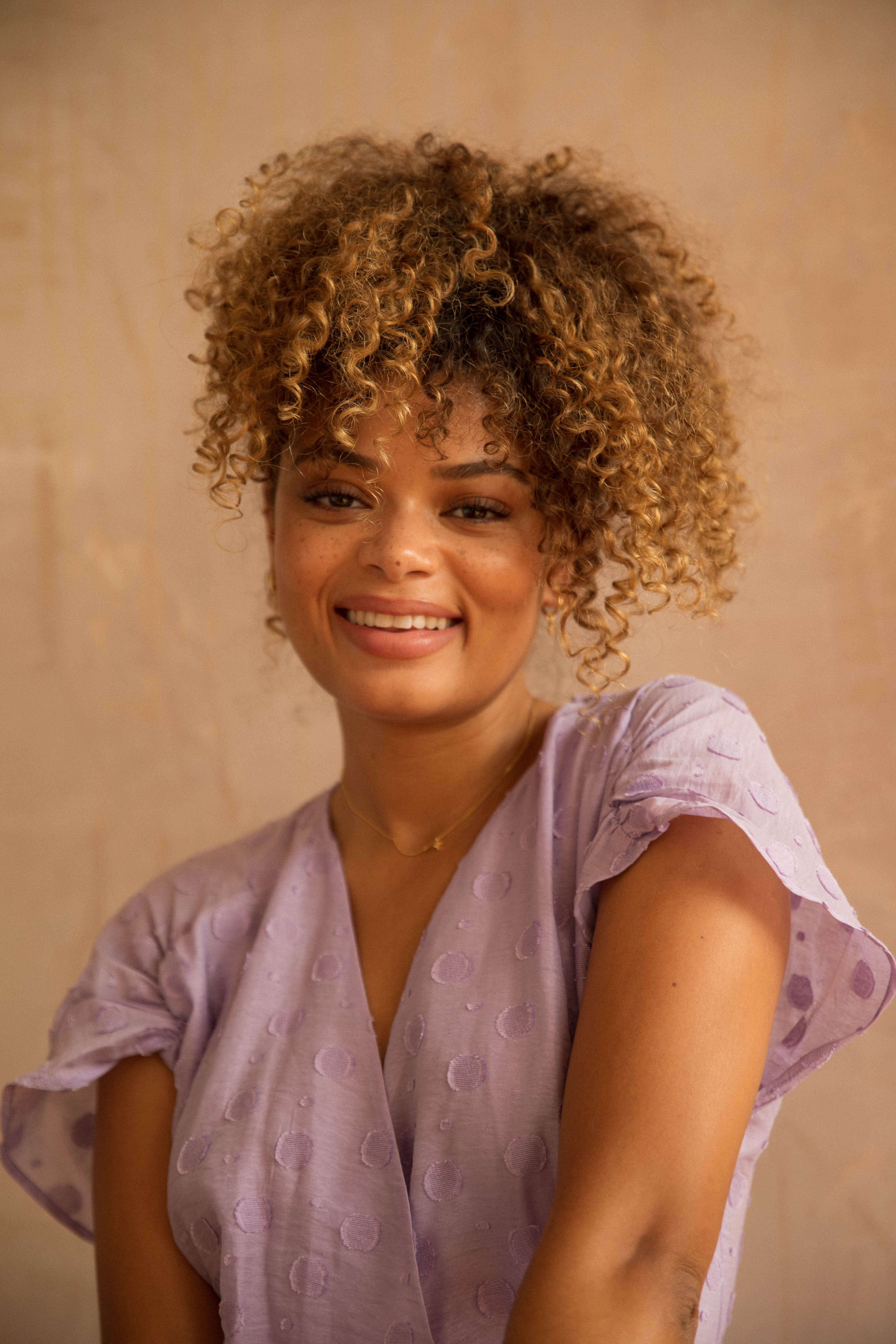The Curly Girl Method for beginners—how to nail the fan-favorite regime
From coils to curls to waves, the Curly Girl Method for beginners has become a cult regime


We’re in the age where curls, coils, and waves have been the most able to flourish in all their glory. Nailing the Curly Girl Method for beginners doesn't sound like the easiest task initially, but we've got you covered with our guide to its dos and don'ts.
Brands and products are constantly launching with the intent of nurturing our natural hair, and we’re finally seeing better representation of all types and textures. With that comes the ever-so-special journey of crafting a curly hair routine, a system of trial and error that's often based on the very popular Curly Girl Method—a routine created by curl expert Lorraine Massey that is designed to get the most out of textured hair.
Whether you’ve only just started thinking of transitioning to your natural hair or have been a curl and coil connoisseur for a while, you’ve most likely heard of the CGM and some of its curly hair tips. If you're a complete newcomer to its ins and outs, here's how it works for beginners.
What does the Curly Girl Method for beginners involve?
Many people are introduced to the Curly Girl Method (or "CGM") via the things they can’t do and should avoid, and it’s largely based on the don'ts. The best low-poo shampoos or even sulfate-free formulas? They've been a no-go, according to the CGM, for a while. It’s the same for things like silicones, alcohols, and heat tools, such as the best hair dryers for curly hair, all of which dry the hair out over time and ruin the curl pattern.
Before we get into the exhaustive "avoid" list and correct steps, it’s worth stating that the CGM doesn’t work for everybody. If any of the steps don’t agree with you or your hair texture, then feel free to skip or substitute for what you know will make your hair look and feel the healthiest.
The Curly Girl Method for beginners in three steps
Step 1: Cleansing
The main rule of the first step is to avoid sulfates at all costs (you can read more about what sulfates do to hair in our dedicated guide). Commonly labeled as sodium lauryl sulfate or ammonium Laureth sulfate on the ingredients list of both shampoos and washing-up liquid (yikes), they’re responsible for lathering everything up and stripping away oils—a little bit too much. There are safer alternatives like sodium cocoyl glycinate, which still create suds and cleanse effectively, but the CGM goes as far as to eliminate all foaming shampoos for curly and coily hair types.
Wavy hair can be shampooed once a week, but needs to be conditioned before and after; curly and afro hair, which is drier and less oil-prone, should be co-washed (washing with conditioner) once a week or every 10 days. There’s often a transition period where the scalp tries to adjust by producing more oil, but it usually evens out.
As I Am Coconut Cowash
RRP: $7.49
One of the go-to cowashes on the market, this sweet-smelling formula nourishes while gently cleansing coils and curls.
Step 2: Conditioning
Conditioners and hair masks are the staples of every good curly hair routine, as they provide the hydration needed to bring out the curl pattern. Use this as your detangling time, as the slipperiness will help your fingers—the CGM doesn’t advise using even the best brushes for curly hair or combs as hair is the most fragile when wet.
Then, either rinse it partly out with cold water, if your hair is wavy or curly, or wrap it in a shower cap for 20 minutes and add heat with a hairdryer or heated towel to help the goodness penetrate deeper. That last step is crucial for coily hair, but can be really beneficial for looser curls too.
Dizziak Deep Conditioner
RRP: $28.50
A glorious conditioner that works on all curl types, this formula is loaded with babassu, coconut, and argan oils, plus quinoa protein.
Step 3: Dry & Style
The next two rules might make you rethink everything you thought you knew about your hair. Firstly, get used to never running your fingers through your hair once out of the shower. All the detangling work has been done, and all the curls that have clumped together will break up—which answers the question. "should you brush curly hair dry or wet". Apply your products, like leave-in conditioner, curl cream, and gel, to soaking wet hair using your hands to glide it downwards in a prayer hands motion. Grab individual pieces that aren’t clumping together and finger twirl for extra definition.
Umberto Giannini Curl Jelly
RRP: $9.99
Loved by curly girls everywhere, this gel provides a brilliant amount of hold and definition.
The second rule? Ditch the standard towel: those tiny terrycloth loops rough up the hair shaft and creates damage and frizz. Instead, opt for a microfibre towel or humble T-shirt, bend your hair over, and gently squeeze the excess moisture out. Scrunch upwards if your hair is wavy or curly, to encourage curly formation; coily hair can either scrunch or gently squeeze hair dry. The CGM then advises leaving your hair to dry (otherwise known as a wash and go), but you can diffuse on cold or low heat if needed.
Bouclème Curl Towel
RRP: $38
An ultra-soft hair towel that's been designed specifically for curls, made using organic cotton and bamboo to gently absorb water.
Ava Welsing-Kitcher is a freelance beauty journalist who's earned her stripes at InStyle, Stylist, and The Sunday Times STYLE. Though she can write about anything beauty and wellness, her main passion is hair - especially curly and afro textures. You can find her trawling through ingredients lists and product samples to really get to the bottom of what makes an excellent beauty buy.
